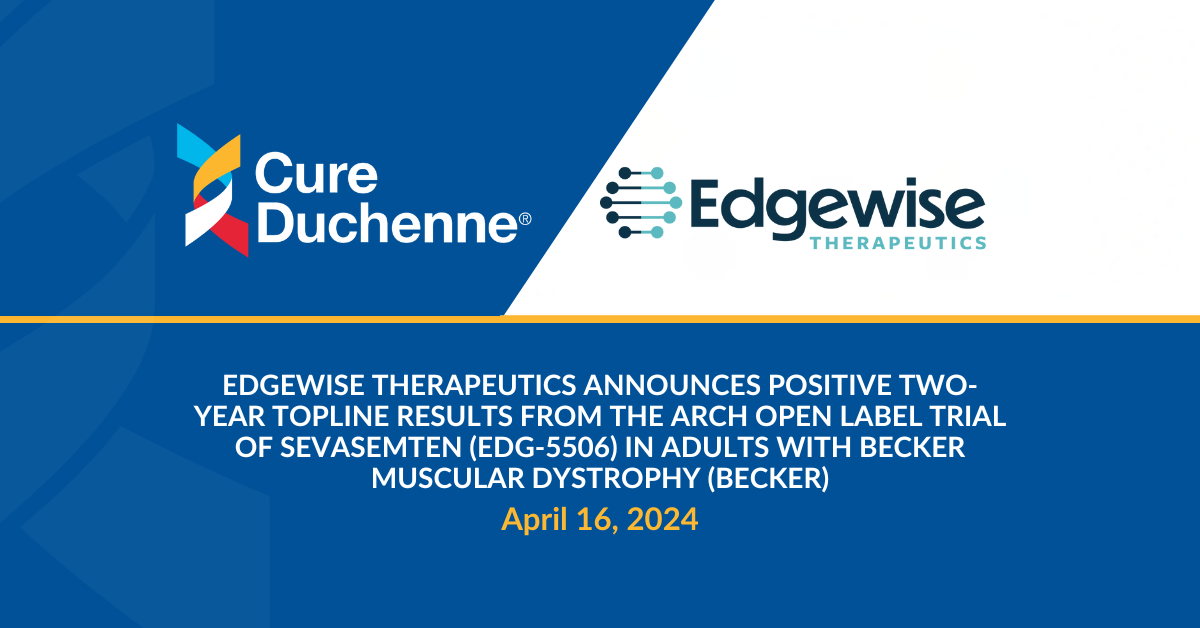Notes from the World Muscle Society
The world’s leading experts in the neuromuscular field have gathered in Berlin this week for the World Muscle Society meeting. The focus of the 19th Annual Congress of the World Muscle Society is on the advances in treatment of neuromuscular disorders. Below is a recap of some of the sessions.
The morning session, which included three talks, centered on the role of autophagy, which is a mechanism that involves cell degradation and recycling of unnecessary or dysfunctional cellular components through the actions of lysosomes. This is relevant to Duchenne muscular dystrophy as emerging theory thinks that targeting autophagy in Duchenne could be therapeutically beneficial; specifically, a connection between Duchenne pathogenesis, muscle homeostasis and dysfunctional autophagy via a dysregulated Akt pathway; in Duchenne the thinking is that by targeting autophagy, you could boost muscle growth and health while preventing muscle wasting & loss. For a good review, read the paper by: De Palma C et al Front Aging Neurosci July 24 2014 Learn more.
Talk 1: Basics of autophagy in muscle
– Muscle uses autophagy to regulate protein biosynthesis/biogenesis
– 3 types: ubiquitin, Glic and chaperone mediated
– Under starved conditions autophagy activated (in Duchenne this is likely aberrant so improper autophagy process contributes to muscle weakness and poor muscle health)
– Key genes and proteins: mTOR, Akt, p62, LC3 and FoxO (FoxO important with oxidative stress and ROS, reactive oxidation species, which contributes to muscle weakness)
– Diet and exercise contribute to maintenance of appropriate autophagy
Talk 2: Transcriptional control of autophagy in health and disease
– Investigators identified a master gene that controls global function of autophagy, TFEB
– TFEB is a leucine zipper transcription factor and investigators believe it plays a central role in coordinating expression of lysosomal hydrolases, membrane proteins and genes involved in autophagy
-Overexpressing TFEB enables and upregulates autophagy and accumulated complex proteins in diseased cells and animals; potential target for normalizing autophagy – which is hypothesized to be aberrant in DMD
– Data in other rare disease cell types (e.g., Pompe Disease, Wilson’s, etc.) showed that overexpressing TFEB could return cells to near or normal phenotypes
– Suggests that if you overexpressed TFEB in DMD, could you confer a therapeutic benefit
Talk 3: Role of autophagy in protein aggregation and vacualor myopathies
– Investigator wanted to understand how many aggregates are being degraded via autophagy; what is the “flow”? Used LC3 protein to monitor flow
– Found that rapamycin, an mTOR inhibitor enhances autophagy in skeletal muscle (important in Duchenne) and this may be a relevant therapeutic approach in Duchenne





